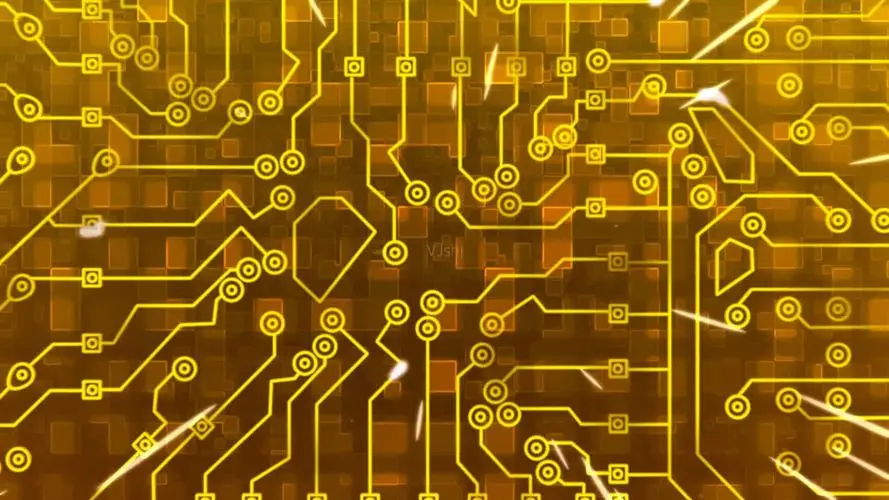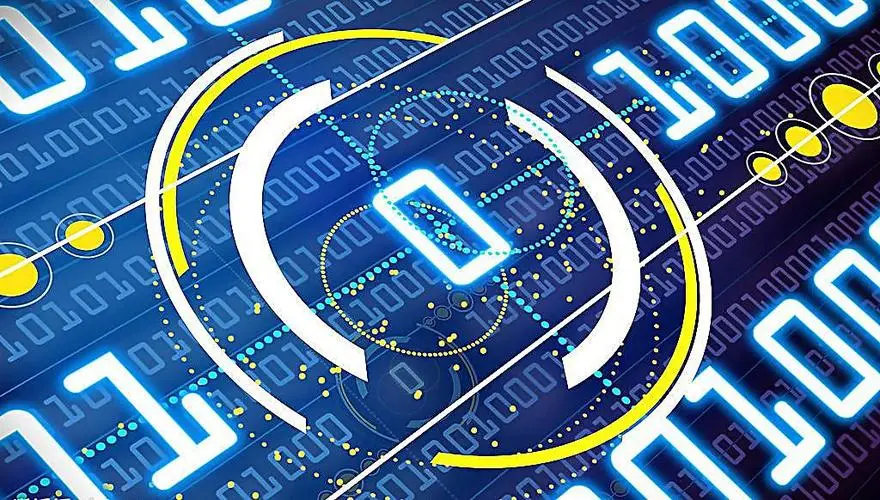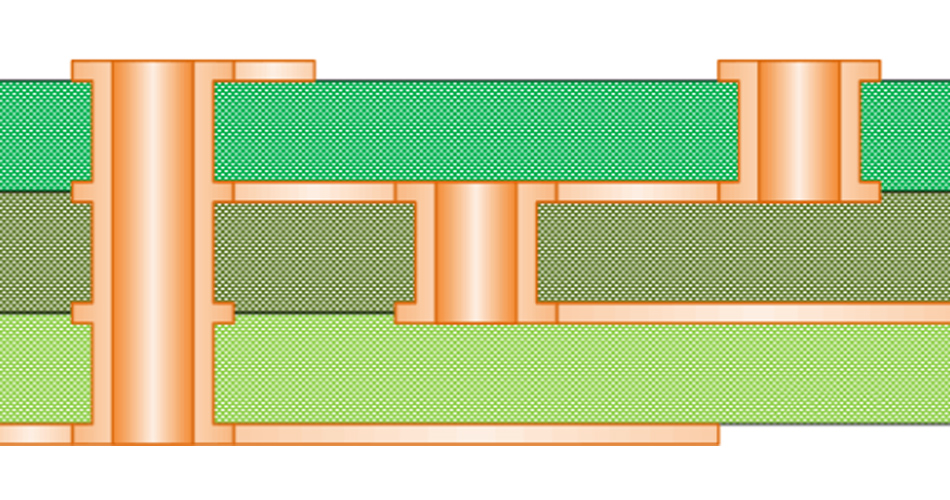
The basic process of electronic device design includes: project startup, market research, project planning, detailed project design, schematic diagram, PCB layout, wiring, PCB manufacturing, welding, function, performance testing, etc. During the teaching process, we generally design electronic devices according to the following steps:
Step 1: Obtain the functions required by the product;
Step 2: Determine the design scheme and list the required components;
Step 3: Draw the element symbol library according to the element list;
Step 4: According to the required function design, call the component symbol library, draw the schematic diagram, and simulate with simulation software;
Step 5: Draw the package library of components according to the actual component shape;
Step 6: Call the component packaging library and draw the PCB according to the schematic diagram;
Step 7: PCB proofing;

Step 8: electric welding, debugging, testing, etc. If it does not meet the design requirements, please repeat the above steps.
PCB design is the most important part of the above electronic product design process, and also the core technology of electronic product design. In the actual circuit design, after the schematic drawing and circuit simulation are completed, the actual components in the circuit need to be finally installed on the printed circuit board (Printed Circuit Board, or PCB). The drawing of schematic diagram solves the logical connection problem of the circuit, while the physical connection of the circuit board is completed with copper foil.
What is PCB?
Printed circuit board refers to a board that is processed into a certain size with insulating substrate as the basic material. At least one conductive pattern and all designed holes (such as element holes, mechanical mounting holes, metallization holes, etc.) are on the board to facilitate electrical connection between components:
Printed circuit board has repeatability and predictability. All signals can be directly tested along any point of the wire, without short circuit caused by wire contact. Most solder joints of printed circuit board can be welded at one time.
Because of the above characteristics of printed boards, they have been widely used and developed since their listing. Modern printed PCB boards have developed towards multi-level and thin lines. In particular, SMD (Surface Packaging) technology, which has been popularized since the 1980s, closely combines high-precision PCB technology with VLSI (Very Large Scale Integrated Circuit) technology, which greatly improves the system installation density and system reliability.
Second, the development of printed boards.
Although printed circuit technology developed rapidly after World War II, the origin of the concept of "printed circuit" can be traced back to the 19th century.
In the 19th century, the mass production of printed circuit boards did not involve complicated electronic and electrical equipment, but only a large number of passive components, such as resistors, coils, etc.
In 1899, Americans put forward the method of stamping metal foil to make resistors on the substrate, and in 1927, they put forward the method of electroplating to make inductors and capacitors.
After decades of practice, Dr. Paul Eisler of the United Kingdom proposed the concept of printed circuit board and laid a foundation for photolithography.
With the emergence of electronic devices, especially transistors, the number of electronic instruments and devices has increased dramatically and become more complex. The development of printed circuit boards has entered a new stage.
In the mid 1950s, with the emergence of large-scale development of high adhesion copper clad laminate, the material foundation for large-scale production of printed circuit boards was laid. In 1954, General Electric Company adopted the pattern electroplating: etching method.
In the 1960s, printed boards were widely used and increasingly became an important part of electronic equipment. In addition to the extensive use of screen printing and pattern electroplating: etching (i.e. reduction) and other processes, the addition process is also used to improve the density of the printing line. At present, the multi-layer printing circuit, flexible printing circuit, metal core printing circuit, functional printing circuit, etc. of the high-level number have been greatly developed.
The development of domestic printed circuit technology is relatively slow. In the mid-1950s, single board and double board were trial produced. In the mid-1960s, metallized double-sided printed boards and multilayer printed boards were trial produced. Around 1977, printed boards were produced by electroplating corrosion pattern electroplating process. In 1978, an additive material, namely aluminum clad foil, was trial produced, and printed boards were manufactured by the semi additive method. In the early 1980s, flexible printed circuits and metal core printed boards were developed.
Third, the principle of PCB.
Printed circuit boards have four general uses in electronic equipment. Provide necessary mechanical support for various elements in the circuit; Provide electrical connection of circuits to realize line connection or electrical insulation between various components, such as integrated circuits. (3) Provide electrical characteristics of the circuit as required, such as characteristic impedance. Mark each component installed on the plate with markers for ease of insertion, inspection and commissioning.
Fourth, the types of printed boards.
At present, printed circuit board is generally coated with copper foil, so it is also called copper clad plate. Divided by conductive layer of circuit board:
(1) SingleSidedPrintBoard
One side printed circuit board refers to a printed circuit board with conductive patterns on one side only, and its thickness is about 0.2~5.0mm. On an insulating substrate coated with copper foil on one side, a printed circuit is formed on the substrate by printing and etching. Suitable for electronic equipment with common requirements.
There are more strict regulations: no cross between wiring, and separate lines must bypass.
2. DoubleSidedPrintBoard
Two sided printed circuit board refers to a printed circuit board with conductive patterns on both sides. Its thickness is about 0.2~5.0mm. On the insulating substrate coated with copper foil on both sides, a printed circuit is formed on the substrate by printing and etching, and the two sides are electrically interconnected through metallized holes. The invention is applicable to electronic equipment with high requirements. Because the PCB wiring density of the double-sided printed board is high, the device volume can be reduced.
3. Multilayer printed board (Prince Baud)
Multilevel printed circuit board is a printed circuit board made of interlaced conductive layers and insulating materials, with more than two conductive layers. The electrical interconnection between layers is realized through metallized holes. The multilayer connecting line of the printed board is short and straight, which is easy to shield. However, the process of the printed board is complex, and the reliability is slightly poor due to the use of metallized holes. Usually used on computer cards.
For the production of PCB, the more layers, the more complex the production process, the higher the failure rate, and the higher the cost. Therefore, multilayer PCB can only be used for advanced circuits.









